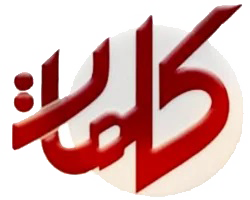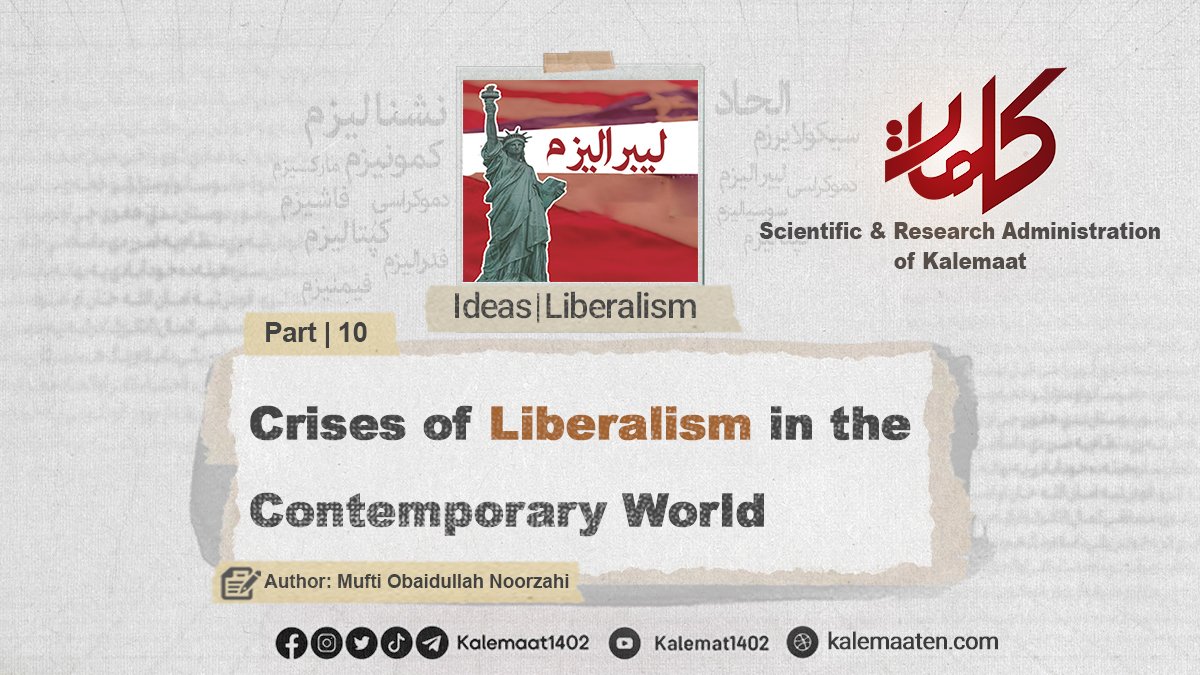Author: Mufti Obaidullah Noorzahi
Crises of Liberalism in the Contemporary World (Part 10)
Montesquieu, the French Political Philosopher:
Liberals themselves are not in agreement over the very concepts of liberalism. For instance, although “individual liberty” is generally a point of consensus among them, the definitions of this liberty are not uniform and have undergone significant changes over time. In the 18th century, classical liberals sought negative liberty. However, in later centuries, differing views emerged, and in recent years, a republican interpretation of liberty—understood as freedom from domination—has gained attention among some liberals.
A major area of disagreement is the role of the state. Classical liberals or libertarians view the state as a necessary evil, as all of its actions are seen as forms of interference with personal freedom. Conversely, others see the state as a natural instrument that, while potentially repressive, can also serve the public good—something individuals alone cannot achieve. Some liberals consider human beings inherently untrustworthy, driven by personal incentives and a desire to dominate others, and thus believe that individuals must be restrained by law. Others, however, regard such fears as baseless. James Madison recalls that during the drafting of the U.S. Constitution, there were those who believed only the “chains of tyranny” could prevent people from destroying one another.
There is also disagreement over the feasibility of establishing liberalism. Some argue that appropriate laws and institutions are sufficient to implement liberalism. Others, however, believe that if liberalism means a limited state, then it will inevitably be rejected by local cultural traditions—religious or secular—that seek total control over people’s lives. [1]
Core Themes:
The subjects discussed by liberal theorists and philosophers have varied greatly across time periods, cultures, and continents. The diversity of topics and ideas in liberalism is reflected in the many qualifiers added to the term “liberalism” by its thinkers and movements—such as classical, egalitarian, economic, social, welfare-state, moral, humanist, perfectionist, democratic, and institutional. Even these are only a portion of the existing variations. [2]
Despite this wide spectrum and diversity, liberal thought shows very little difference in its core concepts. Most schools of liberalism agree on fundamental aspects such as belief in equality and individual freedom, support for private property and individual rights, endorsement of a limited constitutional government, and acceptance of related values such as pluralism, tolerance, autonomy, bodily integrity, and consent. [3] The liberal philosopher John Gray identifies the common foundations of liberal thought as: individualism, egalitarianism, meliorism, and universalism. The individualist element emphasizes the moral superiority of the individual over the pressures of social collectivism. The egalitarian element assigns that same moral superiority to all individuals equally. The meliorist element believes in the gradual improvement of social and political order across generations. The universalist element relates to the moral unity of humanity, deeming minor cultural differences insignificant. [4]
Among these, the meliorist element has sparked considerable debate. Thinkers such as Immanuel Kant, who believed in the progress of humanity, defended this view. On the other hand, philosophers like Jean-Jacques Rousseau, who believed that attempts to improve people through social cooperation are doomed to fail, strongly criticized it. [5]
Continues…
Previous Part/ Next Part
[1] – Galston, “Liberalism”, The Encyclopedia of Political Thought, 3–2.
[2] – Young, p. 25.
[3] – Young, p. 45.
[4] – Gray, p. xii.
[5] – Wolfe, pp. 33-6.



